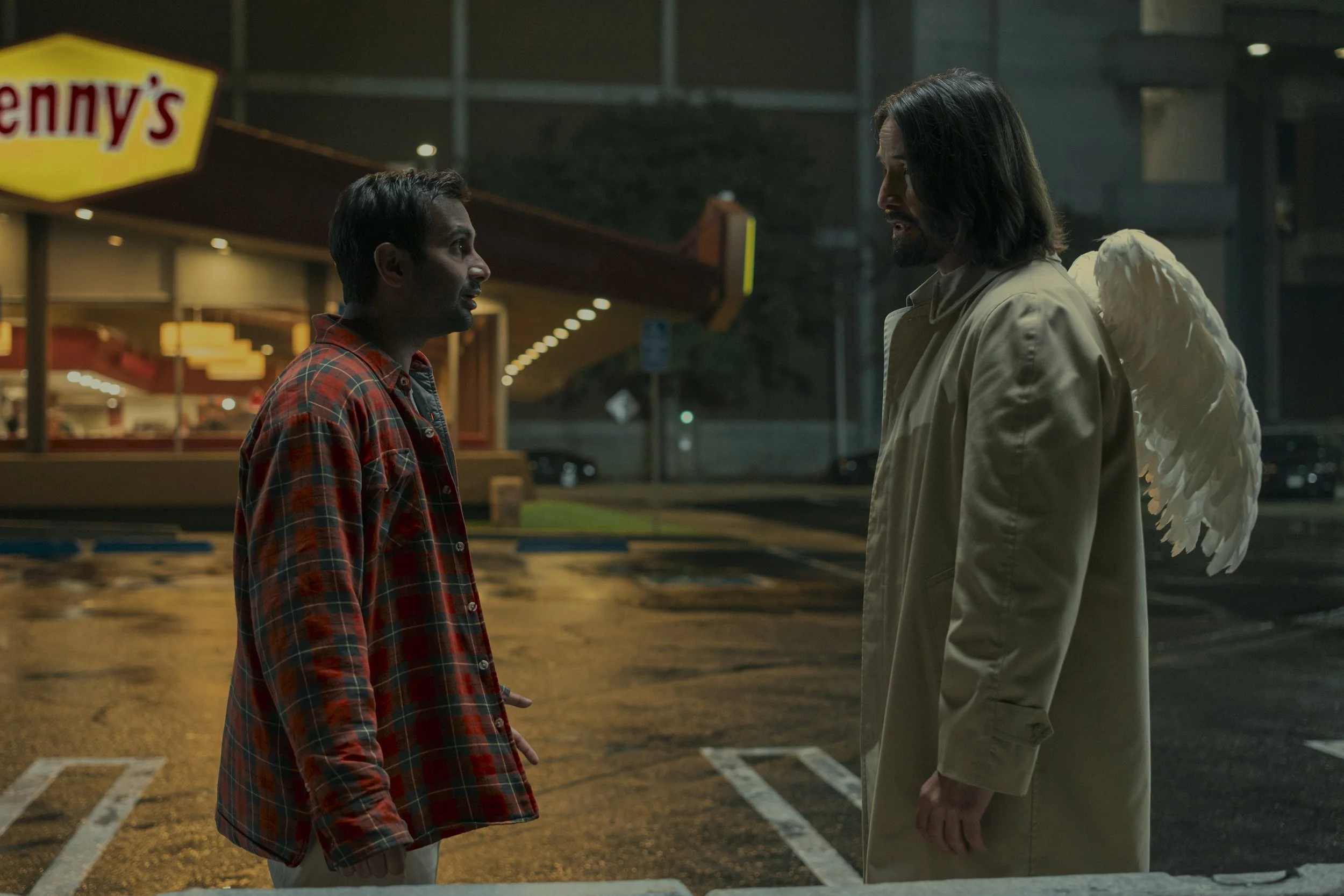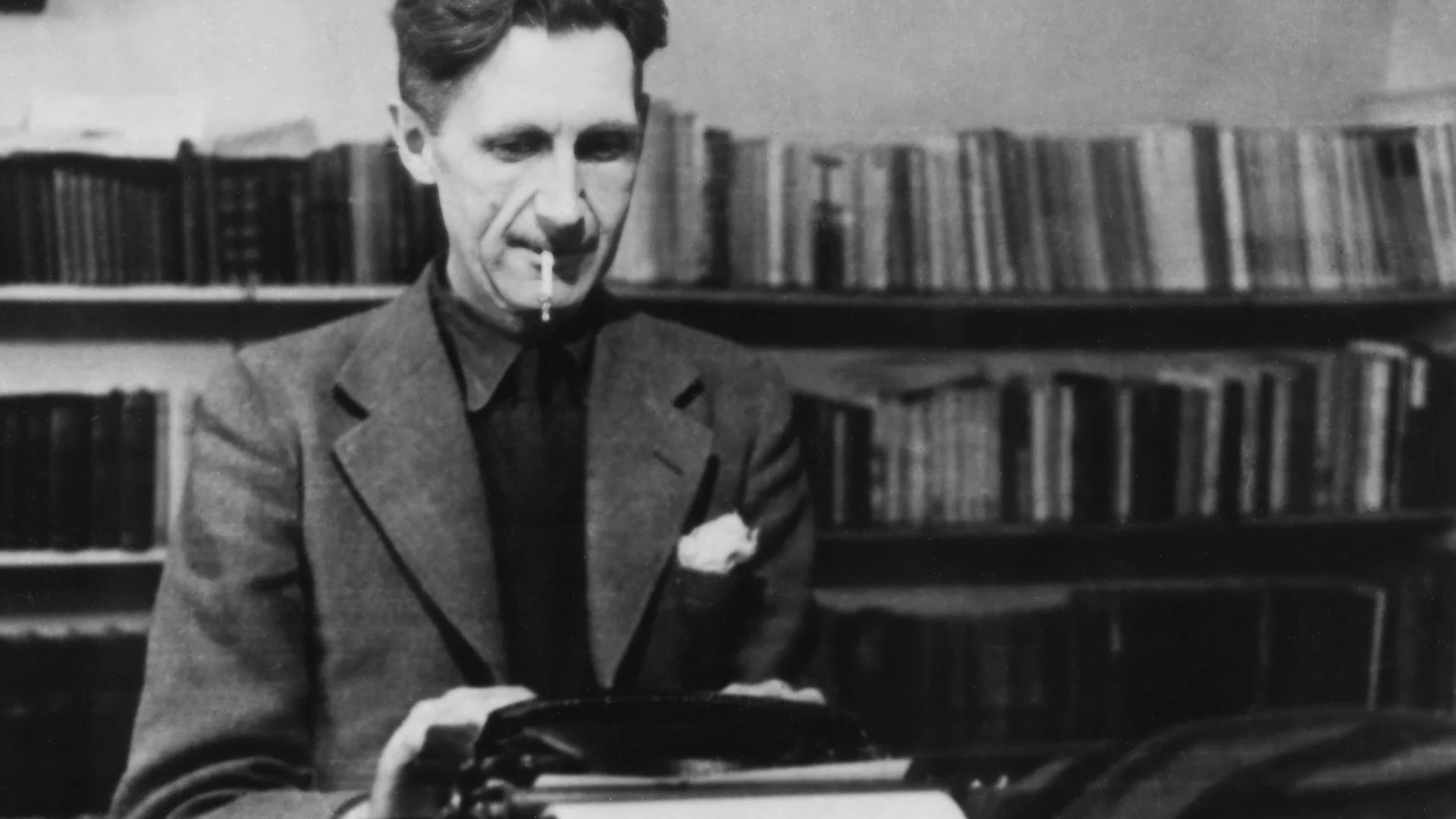Review: In 'After the Hunt,' director Luca Guadagnino provokes thought and emotion with this quietly slashing takedown of academic pretention.
Director Luca Guadagnino finds new ways to be confrontational in his new movie, the college-set drama “After the Hunt,” a bitter drama about the things privilege can and can’t get a person on a modern college campus.
At the center of the story is Alma, a professor at Yale who’s one of the stars among the school’s faculty. She’s expecting news any day now of whether she will get tenure, and her main competition is Hank (Andrew Garfield), a charismatic professor and one of Alma’s closest friends. Alma is also grooming her star student, Maggie (Ayo Edebiri) — who, it’s noted early on, is Black, has rich parents, and is dating a nonbinary law student, Alex (played by the talented trans actor Lîo Mehiel).
Alma’s well-ordered life — which includes her husband Frederik (Michael Stuhlbarg) and a friendship with a psychiatrist, Kim (Chloë Sevigny) — is rocked when Maggie shows up on her doorstep one day and says something shocking: She accuses Hank of sexually assaulting her.
It’s one thing if Alma could assess this accusation in a vacuum, choosing whether she should believe Hank or Maggie. But in first-time screenwriter Nora Garrett’s sharp script, nothing is so simple. Hank has a history, we learn — and some of that history involves Alma. And Maggie’s accusation quickly becomes embroiled in the politics of #MeToo and Black Lives Matter in the hothouse environment of campus protests.
The script is predicated on something called Sayre’s Law, named for a late academic who once wrote that “academic politics is the most vicious and bitter form of politics, because the stakes are so low.” (The quote is sometimes misattributed to Henry Kissinger.) The players, particularly Alma and Maggie, must play out their roles in this intense story, which tries to tackle political correctness, the semantics of victimhood, the demands of pampered rich kids and perpetually angry protesters.
It’s clear from the opening credits that Guadagnino wants to provoke an argument. The credits are shown in a particular typeface — Windsor Light Condensed. It’s the same typeface Woody Allen has used on his films since 1975. Evoking the now-canceled Allen in a theater of cinephiles is a choice, even a provocation. What’s not clear is what, exactly, Guadagnino wants to provoke from his audience.
The audience can and will ponder that question throughout “After the Hunt.” If we need a break from weightier thoughts, we can stop to admire the strong central performances by Roberts as the flinty academe who resents anyone upsetting her well-ordered world. But the most acting praise here goes to Edebiri, who gives a purposefully enigmatic performance — the audience isn’t sure what the truth is, or whether anyone else here ever will.
——
‘After the Hunt’
★★★1/2
Opens Friday, October 17, in theaters everywhere. Rated R for language and some sexual content. Running time: 139 minutes.







